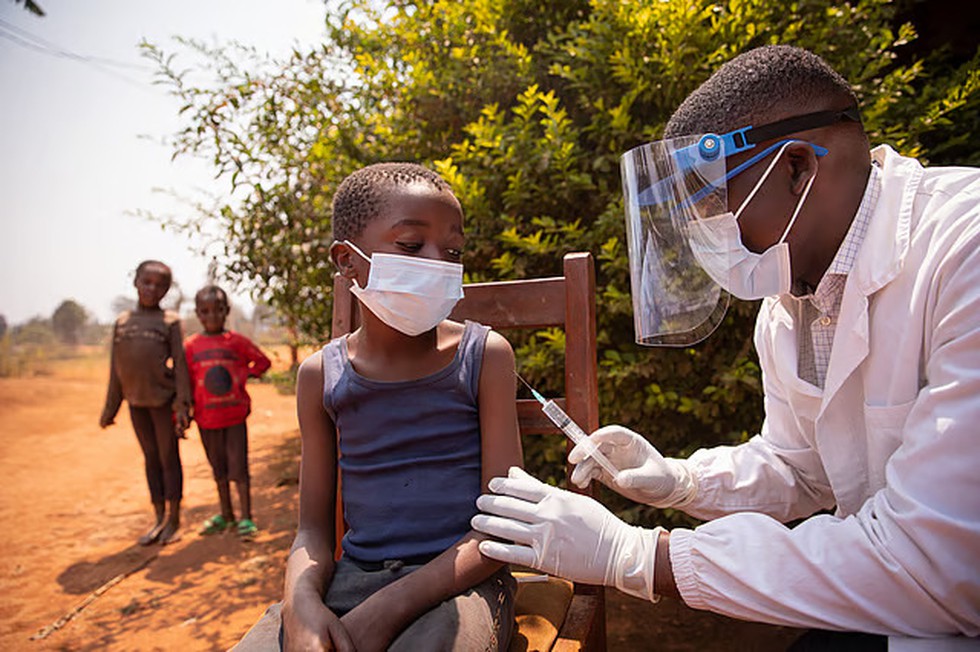About Human African Trypanosomiasis:
- It is a parasitic disease transmitted through the bite of infected tsetse flies.
- It is also known as sleeping sickness and is endemic in sub-Saharan Africa.
- Symptoms:
- It initially presents with symptoms such as fever, headaches, and joint pain, but can progress to neurological issues like confusion, disrupted sleep, and behavioural changes. If left untreated, the disease can be fatal.
- First signs and symptoms emerge a few weeks or months after infection. The disease develops rapidly with multi-organ invasion, including the brain.
- It takes 2 forms, depending on the subspecies of the infecting parasite:
- Trypanosoma brucei gambiense: It is found in 24 countries of west and central Africa, currently accounts for 92% of reported cases and causes a chronic illness.
- A person can be infected for months or even years without major signs or symptoms. When evident symptoms emerge, often the disease is advanced with the central nervous system already affected.
- Trypanosoma brucei rhodesiense: It is found in 13 countries of eastern and southern Africa accounts for 8% of reported cases and causes an acute disease.
- It is more prevalent amongst rural populations which depend on agriculture, fishing, animal husbandry or hunting are the most exposed.
- To date, WHO has validated the elimination of the gambiense form of HAT in seven countries: Togo (2020), Benin (2021), Ivory Coast (2021), Uganda (2022), Equatorial Guinea (2022), Ghana (2023) and Chad (2024).
